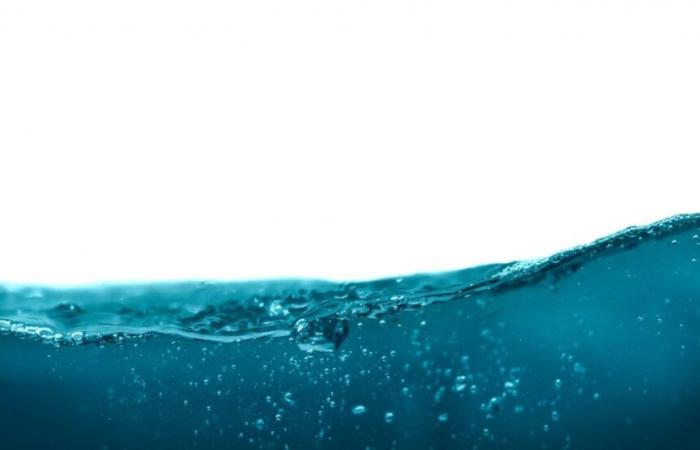Nowadays, a huge portion (if not the majority) of smartphone models are waterproof. But that doesn’t mean you should throw them in water.
For a long time, water and electronics didn’t mix. And that’s still, arguably, the case today: you’re unlikely to feel very confident about dumping a bucket of water on your laptop keyboard.
On the other hand, when we talk about smartphones, we have to recognize that more and more models are waterproof. For this, we have an international protection index: the IP code. A smartphone (IP68) is considered waterproof. But the criteria that define what is waterproof vary from one manufacturer to another. It is therefore difficult to make generalizations.
Traditionally, the minimum to be considered IP68 is to resist for thirty minutes at more than one meter. If the smartphone is waterproof for thirty minutes at less than one meter, we use the IP67 rating.
It’s true that this already covers quite a few different situations: if your iPhone falls into the sink, into the bathtub, into the “shallow depth” of the pool, on the edge of the beach, etc. But it should be noted that “more than a meter” is a rather complicated definition: while the iPhone is tested to withstand fairly strong pressures, other IP68 smartphones only withstand barely more than a meter, and you can therefore kiss them goodbye if they fall to the bottom of the pool.
Similarly, “at least thirty minutes” is also a highly variable number. Again, some iPhones have withstood being submerged for several days, while other smartphones will barely survive the thirty-first minute. If it falls into a river and you lose it, don’t expect to recover your data once you recover it.
It is also unnecessary to explain that even if, indeed, waterproof smartphones are supposed to be water-resistant, they still don’t like it very much. This is increasingly true if we are talking about salt water, which is irritating (you must then immediately, and this may seem paradoxical, clean the smartphone… with clear water). Needless to say, submerging your phone will not do any good to its lifespan. After submerging, you must therefore dry it immediately.
And then of course, one thing you should definitely not do: plug in your smartphone after submerging it. You will have to wait until it is completely dry before you can plug it in again. Smartphones generally have humidity detectors that will tell you that the USB port is damp and cannot be used (although it must be said that these can bug, which can sometimes be very annoying). In the same way, obviously be careful and do not plug your smartphone into a socket next to the sink while running water, or other similar practices, if you value your life.
Having a waterproof smartphone is an extra precaution, but it doesn’t justify taking it out in the rain, in the shower, or in the pool. Even if it has an IP68 label, you shouldn’t treat your phone any differently from any other model.
_
Follow Geeko on Facebook, Youtube and Instagram to not miss any news, tests and good deals.
Get our latest news straight to your WhatsApp by subscribing to our channel.






